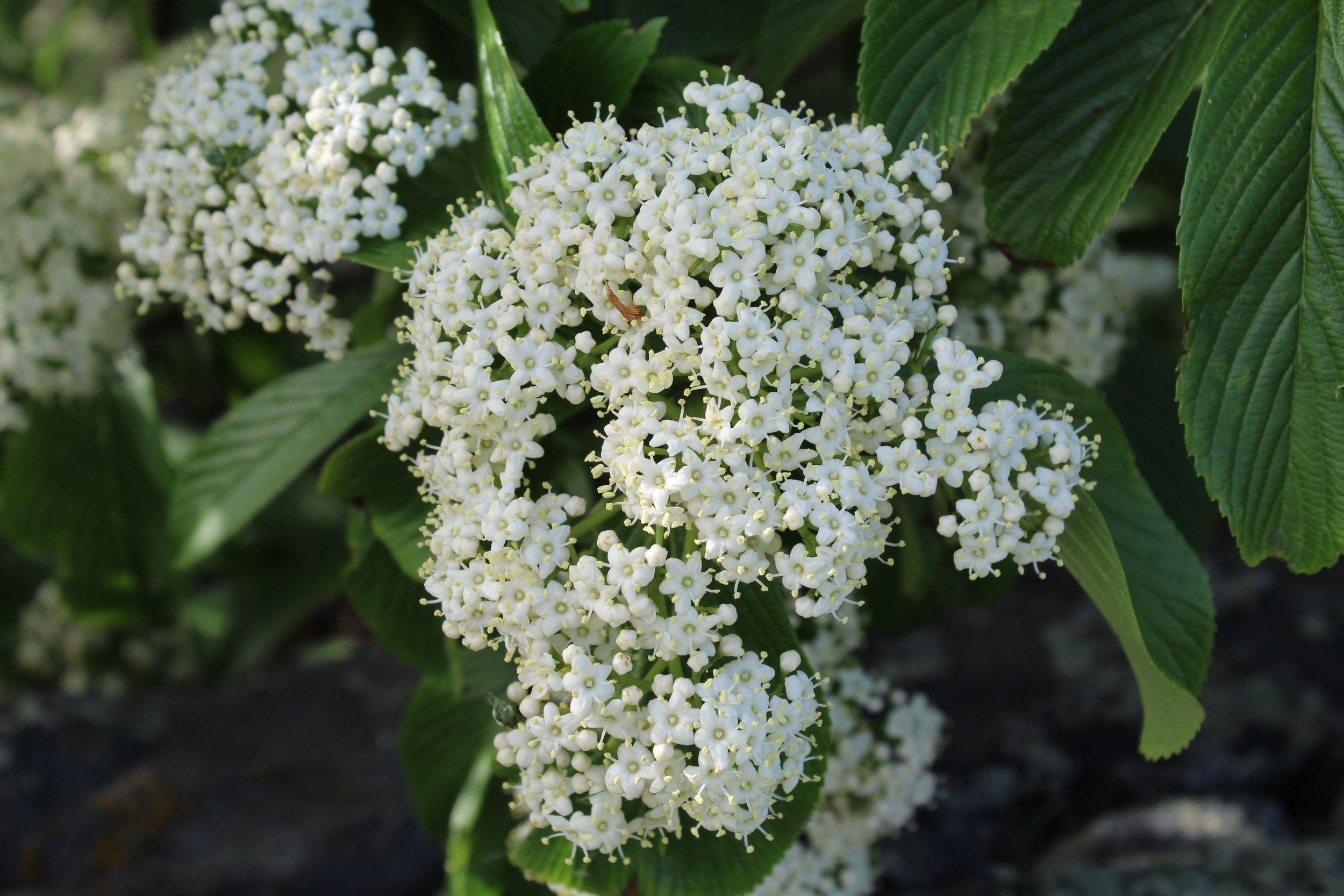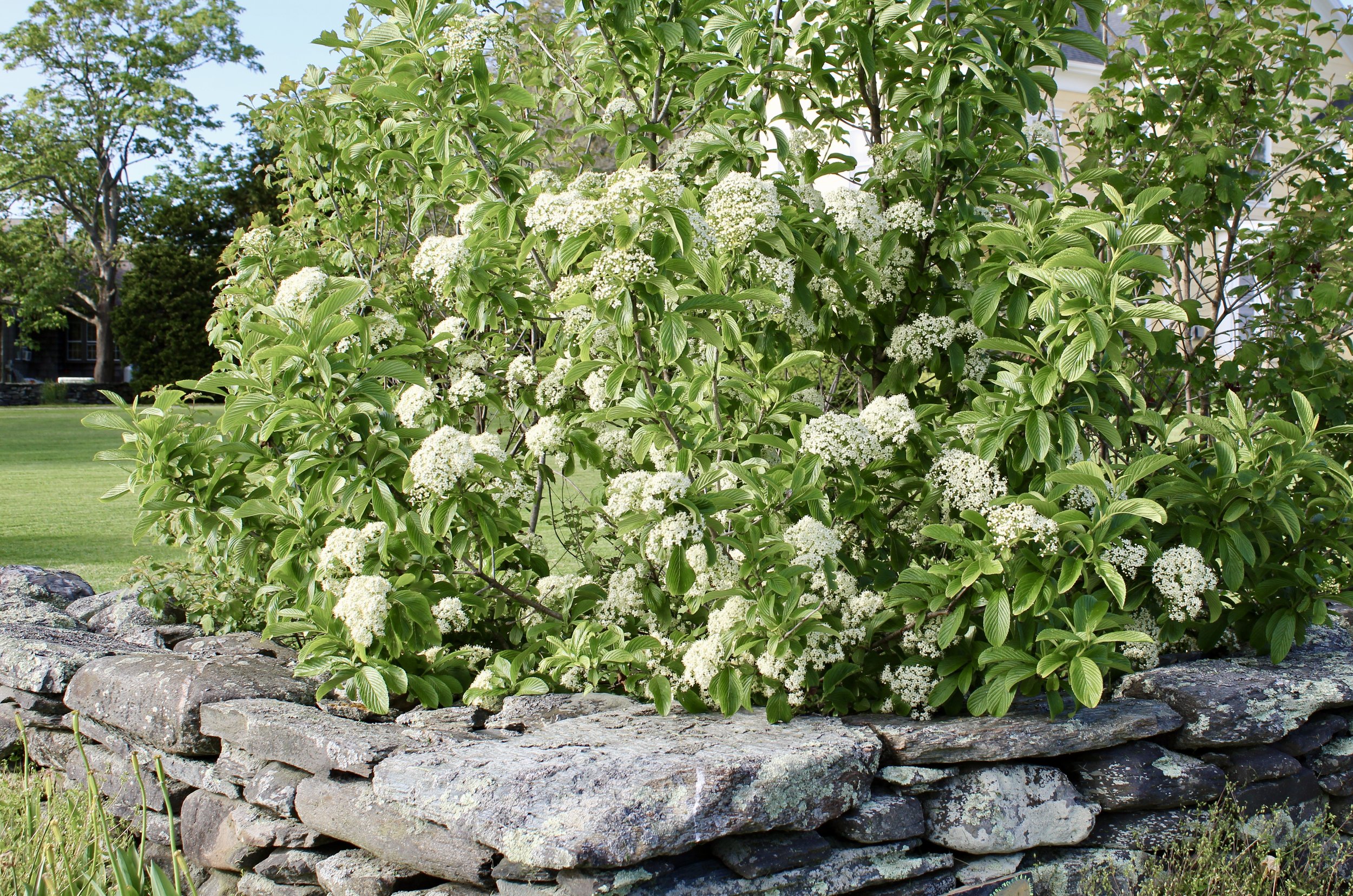Who’s Behind the Name? Part II: Horticultural Explorers









To continue our series of who’s behind the plant name, we look a little farther afield at the horticultural explorers that brought species from around the globe to the light of our western eyes. These findings in particular have their honorific within the botanical name of the plant itself as they are straight species that were collected from the wild, rather than cultivars selected and produced with intention. The thrill of discovery, a curiosity for the natural world, and a new era in which global travel was becoming more attainable allowed for the people and plants featured here to find their place in history and our gardens.
Dr. Philipp Franz von Siebold (1796-1866) was a German born medical doctor and horticulturist that spent 6 prolific years in Japan where he was credited with introducing western medicine to Japan, along with collecting and shipping vast quantities of plant and animal specimens to various collections in Europe. Some of this transportation was to the displeasure of their country of origin, especially when their well-guarded tea seeds were sent to Java and trade began there. Despite international issues with the collection of foreign plants, Siedbold has made its way into the specific epithet of several plants. The two featured here are the Siebold viburnum (Viburnum sieboldii), and the Siebold’s magnolia (Magnolia sieboldii). Both are considered large shrubs or small trees, reaching about 20 and 30 feet tall respectively. The viburnum boasts lacey white flowers that appear in late spring, emitting a fragrance unpleasant to some, and transition into red berry-like drupes that ripen to black and persist through winter. The magnolia, however, has flowers with a lovely fragrance that dangle beautifully upside down like ornaments. The white cup-shaped flowers appear from late May through July and, when viewed from below, harbor dark magenta stamens that surround what will become the fruiting body, producing oval, orange/red seeds. The images of the Siebold magnolia here are of the cultivar ‘Colossus’, featuring slightly larger flowers than the straight species. Siebold’s prolific collecting resulted in 2,000 species of plants ending up in the botanical garden of Buitenzorg in Batavia, with an approximate additional 12,000 that were consolidated from his European shipments to Leiden, Netherlands. Here he was only able to describe about 2,300 in his lifetime, but that work continued and his specimens are now part of the National Herbarium of the Netherlands, one of the largest collections of plant specimens in the world.
Unlike our two other featured horticultural collectors, Michael Pekenham Edgeworth (1812-1881) has a genus of plant named for him, and its honor is also shared with his half-sister Maria Edgeworth (1768-1849). Micheal Edgeworth was born in Ireland, one of 22 siblings and half siblings by his father. He joined the Indian Civil Service in 1831 and proceeded to travel throughout northern India for many years, collecting specimens and pioneering the use of photography for botanical documentation. He published a few papers on plant species he had documented, as well as kept careful written records of his time in India that was posthumously published as the 8,000-page India in the Age of Empire – The Journals of Michael Pakenham Edgeworth (1812–1881). Maria Edgeworth was also a writer, credited with helping form the idea of what we now call novels, produced realistic children's literature, and was a poignant writer held in high esteem by many in her time, and still today. The genus Edgeworthia was first published in 1841 and it describes a beautiful and unique branch of plants. The specimen in our possession at the Heritage Tree Center is the Paper Bush (Edgeworthia chrysantha 'Heavenly Scent’). As the name suggests, the flowers are quite fragrant, and the clusters of yellow trumpets with white necks are a vibrant pop of color throughout the month of March. The shrub itself reaches about 7 feet in height and has an unusual tropical appearance compared to plants that grow in our southern New England environment. Large, attractive green leaves appear at the tips of the branches once the flowers have passed, and shade the smooth bark and branches that have the singular habit of splitting trichotomously, or growing three stems from the same node. All of these factors produce a truly unique and spectacular specimen that honors these two Edgeworths beautifully.
Finally, Frank Nicholas Meyer (1875-1918) is perhaps the most generally recognizable name here, known for the famed Meyer lemon that graces many of our home’s window sills and summer drinks. Born as Frans Nicolass Meijer in Amsterdam, he went on to become a citizen of the United States of America and work with the USDA Plant Introduction division where he was tasked with discovering and importing plants of varying agricultural and economic purposes. During this time, he also worked to bring species of ornamental interest to the Arnold Arboretum in Jamaica Plain, Massachusetts. One ornamental that Meyer is credited with bringing to the US is the Korean lilac (Syringa meyeri). This lovely shrub is host to delicate and scented lilac flowers in late April to May. The plant itself is more diminutive than our more common lilac (S. vulgaris), typically reaching a maximum size of 8’ high and 10’ wide, also sporting a smaller leaf. The plant was originally collected by Meyer in 1909 from a garden in northern China, but it has since not been found in the wild. Additionally, the straight species of the lilac is uncommonly distributed, while the cultivar ‘Palabin’ is generally available, and is what is pictured here. Tragically, Meyer drowned on his fourth expedition, enroute by riverboat from Hankow, present day Wuhan, China, to Shanghai. Frank Nicholas Meyer lives on through the more than 2,500 plants he introduced to our country, some bear his name, while others bear the fruit that fill our markets and stomachs every day.
The 19th and early 20th century represented by the life and works of these three horticultural collectors was a vibrant and exciting time for the introduction of countless plant species around the world. It must, however, be noted that not all of it was right, nor done with the blessings of those whose homes the specimens were taken from. It is nonetheless part of the foundation on which our horticultural and agricultural work has been based, allowing a vast diversity of plant life to be accessible at our fingertips. Sometimes this is taken for granted. So, when appreciating the beauty of a tree, the scent of a flower, or the taste of a fruit, ask where it came from, how it traveled through time to be in your possession, and whose dedication, passion, and adventurous spirit made it possible.
By Morgan Palmer — Plant Production Manager
June, 2024
